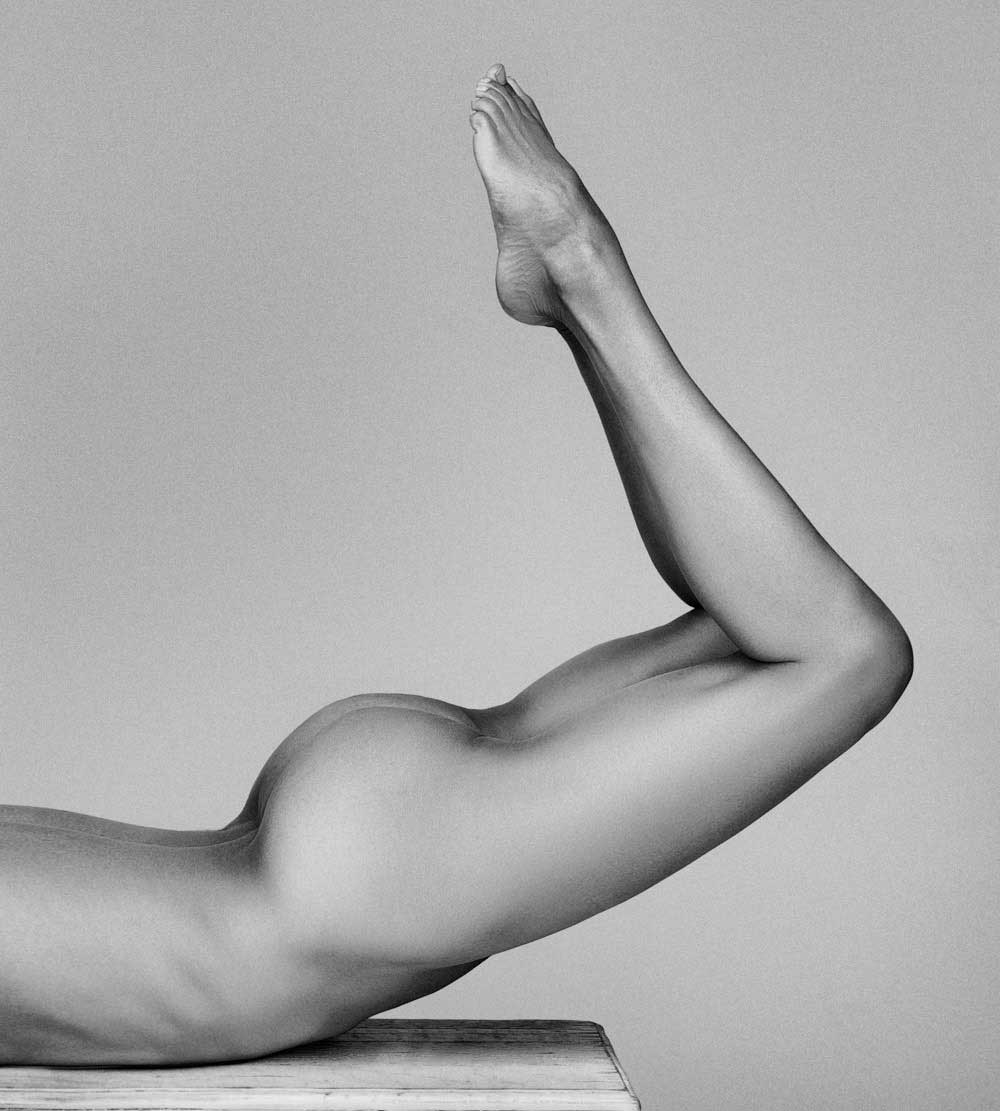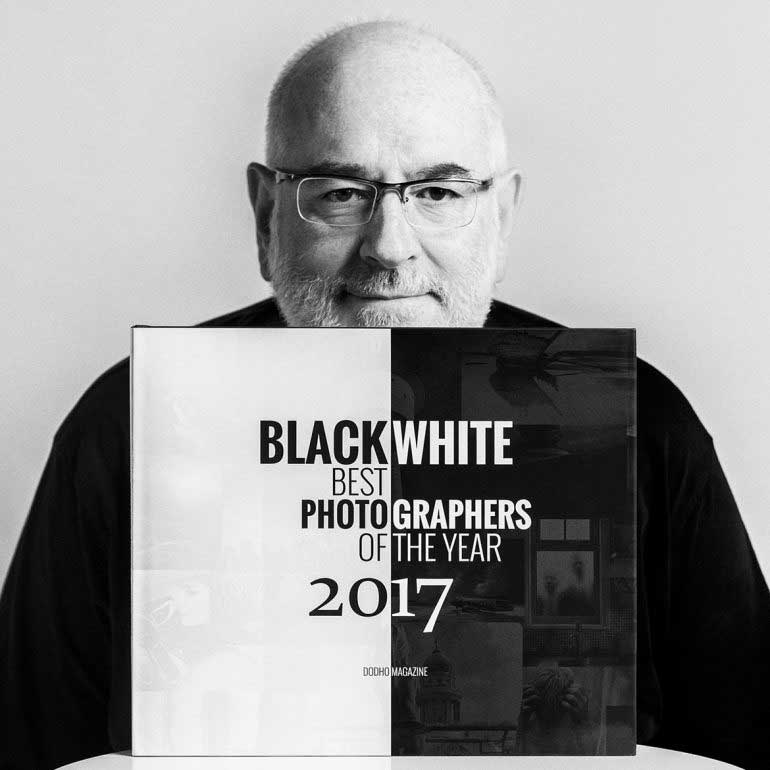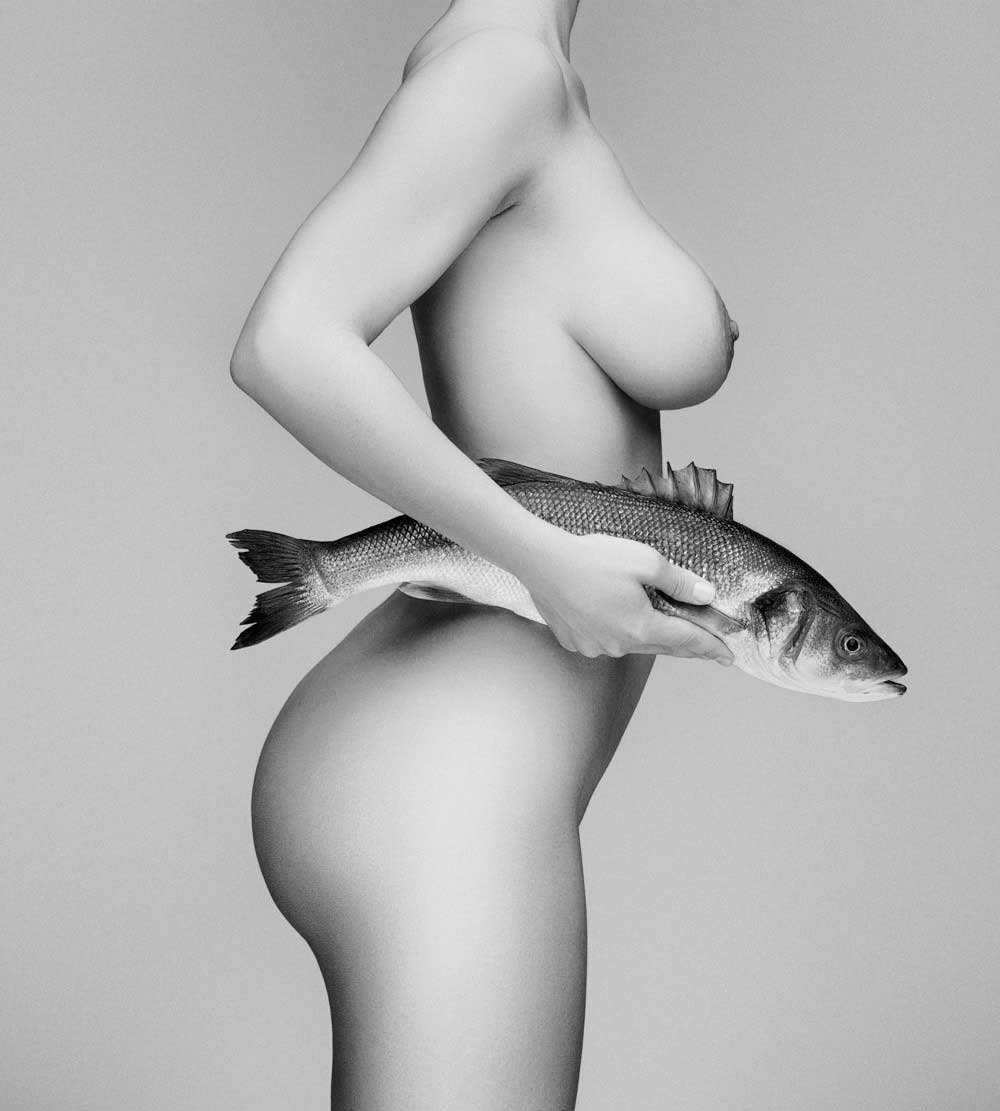Antonio Peinado is a Spanish photographer born in the summer of 1963 in Andújar in Andalucía.
He lived there until the settle down in Pamplona in 1981. He has always felt drawn to photography. When Antonio was 15, he began to read and teach himself about photo- graphy, developing a passion for the art form as he learned.Antonio opened his photography studio in 2006. He began to work as a social and com- mercial photographer for businesses, marketing agencies and private clients. At the same time, he gave photography classes to university students studying design.His creative cu- riosity and perfectionism pushed him to search for new ways of expressing himself through photography, especially through portraiture. [Official Website] [Print Version] [Digital Version]
Can you tell a little about yourself?
I am a very observant and restless person and I am always exploring and observing the world around me. I love beauty and try to capture it in my images. I enjoy music, reading and cinema. I am also a very imaginative person and I like to look for novel approaches to escape from stereotypes and to be able to contribute something new and, as much as possible, something original, different.
One of the most intense sources of inspiration for me are Women and that is why they are the protagonist in many of my works.
How did you get interested in photography?
My interest in photography started very early, since I was a child. I was given a toy camera, an Instamatic, and I started to photograph everything. During my adolescence I began to read about photography to learn everything I could of both technique and photographic aesthetics. I was looking for books of photographers with interest to enjoy his images and try to learn how they had done them. Later on, I was worried about what was behind the images of the photographers I liked. I think that from that moment a new horizon was opened for me that I have been pursuing ever since.
What inspired your Zodiac Series?
Inspiration was provided by the first photograph of the series: Sagittarius.
Some holiday, while traveling, I had a kind of vision of the curves of some glutes forming a bow to which I could add an arrow. It seemed to me that if I did the image in a minimalist way it became a subtle and shocking image in equal parts. I was giving a few rounds to the concept of bow and arrow, which I found very interesting. It was later, as I reflected on this minimalist idea, when I linked the bow to Sagittarius and there I realized that I had the possibility of performing a potentially very interesting work: the horoscope and the figures of the zodiac.
In this idea of minimalism I found a very interesting challenge that completely caught me. As in my concept of Sagittarius I visualized a part of a body and an object I decided that in each image of the Zodiac collection should only appear incomplete human figures and an object, so that both, human and object, represent each sign of the zodiac.
How would you define your general style of photography?
I am very restless and imaginative and I like to be original in my approaches to try that my photography is both creative and unique. I also like to master the technique and not that the technique dominates me. At present there are few topics that are really new so it is necessary to approach with a new point of view. I believe that the images must be not only technically correct but must convey the feelings that I want to express. I want you to intrigue and upset the viewer.
Could you tell us anything about your technique and creating process?
I do not really think about the technique when I start to make an image. Sometimes the inspiration comes suddenly, an interesting idea arises and I can photograph it directly, obtaining a result that satisfies me. Other times it is more complex. Sometimes there is an idea or concept that inspires me and I begin to study how I can give meaning to that vision and try to take it a step further and translate it into an image. This idea may arise from a word, an image, a smell, a sound, a memory or an emotion that it feels at a certain moment, but once the idea arises and becomes an inspiration I dive into it to explore all the Alternatives that allow me to capture my vision.
In your opinion, what makes a good nude photograph?
A good nude photograph has to move the viewer. It must also be done so that the nude is the means necessary to convey the idea or concept behind the image. As I am a lover of beauty I also try that in my photographs of nude beauty is present in any of its forms.
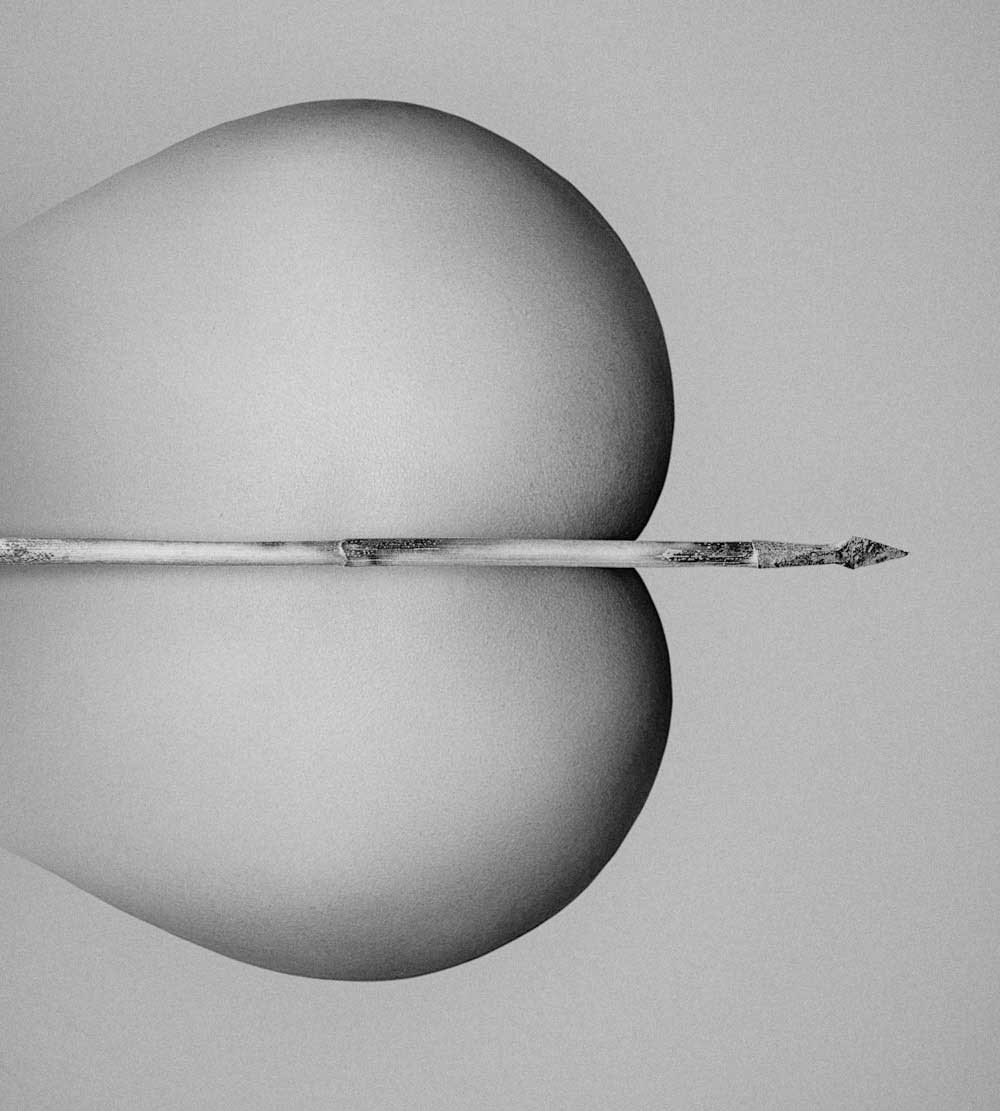
How much preparation do you put into taking a photograph?
It depends on the photograph. Generally, when I prepare a series or photographic project, I plan every photographic shot to the last detail: I study lighting and composition, design the wardrobe, manufacture or look for complements and props. Sometimes the photographs are improvised and done by instinct, letting me go. Sometimes these impromptu photographs are the germ of the idea for a new series and then I work them and prepare them conscientiously.
What makes a memorable project?
A project becomes memorable when different factors come together … These can be: a good idea, original and with a novel approach that will surprise and intrigue the viewer, and then an exquisite technical realization.
How do you know when you have got the shot you wanted.
It is something I feel inside when I see it. When I look at an image and feel that it produces that sensation I know that I have what I was looking for. Sometimes it emerges fast, immediately, other times it emerges gradually and the more I observe it more convinced I am that this image is the Image.
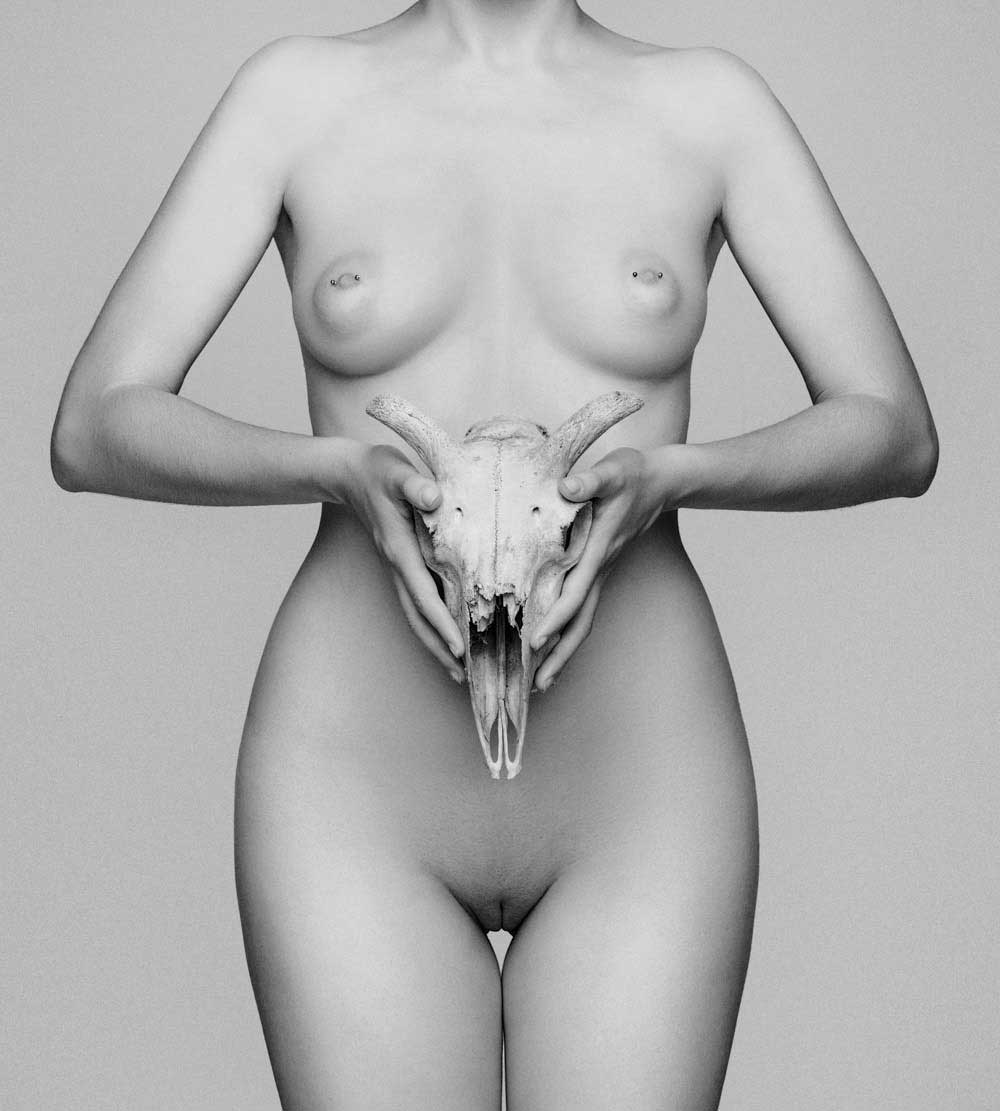
Your idea of the perfect composition
Speaking of perfect composition, I share Edward Weston’s ideas about composition. The composition is something personal that we develop and internalize next to our technique, and the perfect composition is one that shows the image in the strongest manner possible.
What would I find in your camera bag?
The most important thing you will find in my bag? A lot of ideas! Without ideas it does not matter the equipment you carry.
Talking about equipment you will find a Fuji X100, a simple camera with a very luminous fixed optics, equivalent to a focal length of 35mm. It is a very small camera with a focal that I love and with which I am very comfortable. You can also find a Canon 5D Mark III with a 50mm and a 85mm or a 70-200mm. In addition to batteries, cards and some cleaning utensils I always carry at least one flash and remote triggers to use it off camera. A notebook and pen to take notes and an iPhone that I sometimes use for having GPS readings and being able to store locations that interest me.
In other occasions you will find instead of the 5D and its optics a Sinar p2 of 8×10” with different optics to work with chemical photography, one of my passions. Of course, the X100 always accompanies me for its quality and small size.
How important is an awesome website for your business and how has social media played a role in your photography?
The first contact with customers today is usually through the website, so having a website that makes a great impression is essential. In addition social networks make you appear closer and allow you a more immediate communication.
What future plans do you have? What projects would you like to accomplish?
I am working on several photographic series about topics that excite me and I would like to start them before the end of the year. I would also like to make an exhibition with my latest works to spread my work. I have always resisted exposing my images but I think it can be a very interesting experience and I look forward to preparing an exhibition.
Finally, one lasT question. What opinion do you have of Dodho Magazine and our black & white Book 2017?
I think that many photographers we move well in the world of photography but we do not know how to move in the art world or get our work to the right people, especially if you work in a small city. You do not know how to access publishing companies (Publishers) or art galleries, for example. It seems to me that Dodho magazine and the book Black & White Book 2017 do a great job of getting the work of photographers to people who move in the art world and are interested in finding new artists.
Knowing that my works are published in wide-spread media such as Dodho magazine and in his book Black & White Book 2017 is a joy, and I am even more pleased knowing that it will reach people interested in photography as Art. Now I know that my work will reach people who may be interested and I hope that this diffusion can be a great support for my career.
